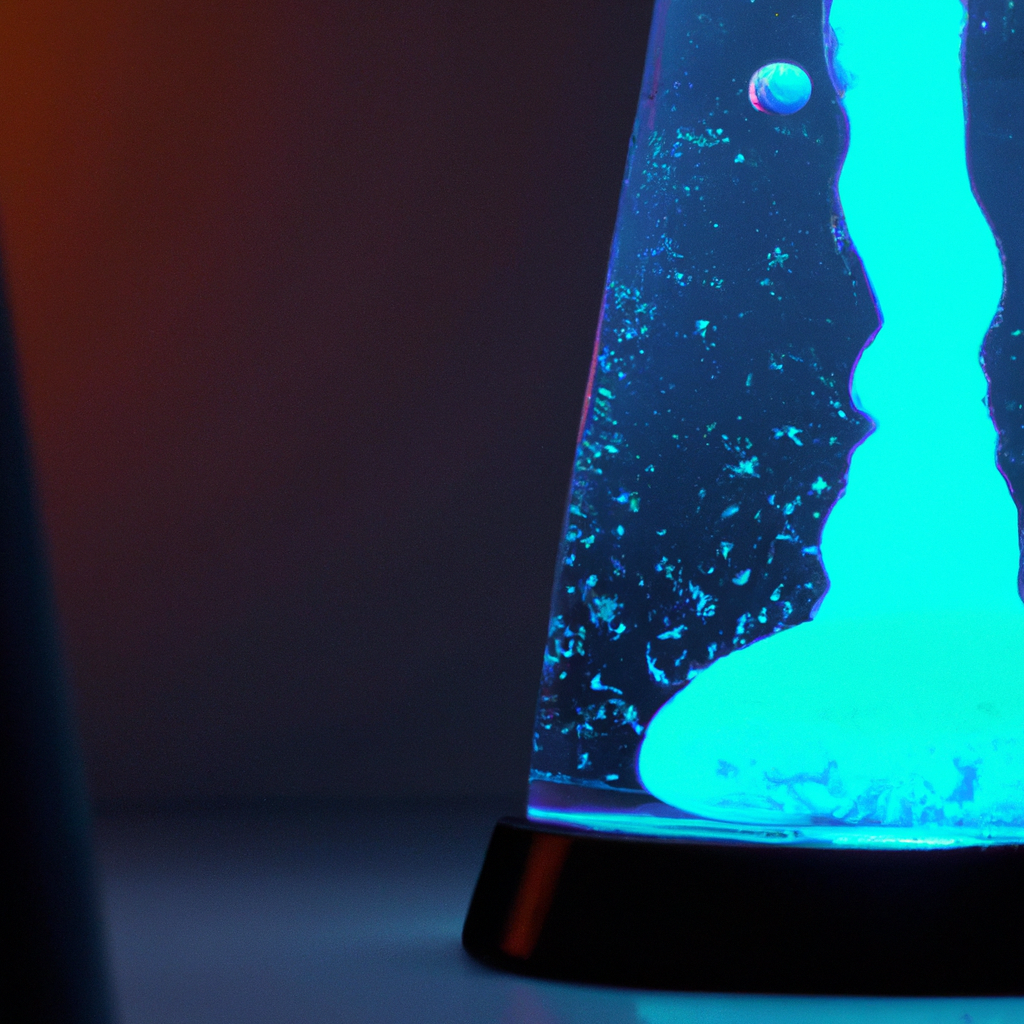A lava lamp is a decorative item that has become synonymous with retro and psychedelic home decor. It is an interesting piece of technology that has fascinated people for decades. The liquid motion of the lamp is both calming and mesmerizing, making it an ideal decoration for any room. But how does it work? In this article, we will explore the science behind lava lamps and explain how they produce their unique liquid motion.
The basic structure of a lava lamp is simple. It consists of a glass container filled with a clear or colored liquid and a small amount of wax. The container is then placed on top of a heat source, which warms the liquid and causes the wax to rise and fall, creating the iconic liquid motion.
How does it work?
To understand how a lava lamp works, we need to look at the two liquids inside it: water and oil. The wax used in a lava lamp is made of a combination of paraffin wax and microcrystalline wax. This wax has a higher density than water but a lower density than oil. When the lamp is turned on, the heat source at the bottom of the lamp warms the wax, causing it to expand and become less dense than the liquid around it. As a result, the wax rises to the top of the lamp.
As the wax rises, it cools down and becomes denser, causing it to sink back down to the bottom of the lamp. This process is repeated over and over again, creating the mesmerizing liquid motion that we see in a lava lamp. The speed of the motion is determined by the amount of heat applied to the lamp. The higher the temperature, the faster the wax will move.
The Science behind it:
The science behind a lava lamp is all about density and convection. Density is a measure of how tightly packed the molecules in a substance are. The denser a substance is, the more tightly packed its molecules are. Convection is the movement of fluids in response to differences in temperature. When a fluid is heated, it becomes less dense and rises. When it cools down, it becomes denser and sinks.
In a lava lamp, the wax is less dense than the liquid around it when it is heated. This causes it to rise to the top of the lamp. As it cools down, it becomes denser and sinks back down to the bottom of the lamp. The heat source at the bottom of the lamp keeps the process going, creating the iconic liquid motion that we associate with a lava lamp.
Conclusion:
In conclusion, a lava lamp works by utilizing the principles of density and convection. The heat source at the bottom of the lamp warms the wax, causing it to rise and fall, creating the unique liquid motion that we see. The science behind a lava lamp is fascinating, and it is no wonder that they have remained a popular decoration for decades. Whether you are looking to add a retro touch to your home decor or simply want a calming and mesmerizing decoration, a lava lamp is an excellent choice.







